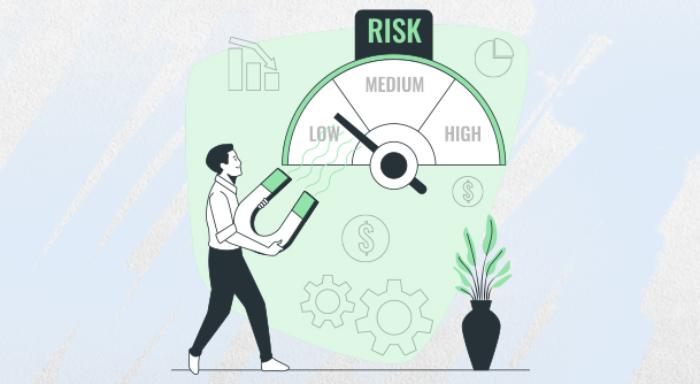Partial Withdrawal Features in ULIP: Works & Its Benefits
Blog Title
2120 |
11/26/24 11:14 AM |
Understanding Partial Withdrawal Features in ULIPs
A Unit-Linked Insurance Plan (ULIP) is a life insurance product that offers life cover while also investing your premiums into market-linked returns. This means that with a ULIP, you will not only ensure your family’s security but also grow your wealth over time. This combination makes ULIPs a wise investment for those who want a diverse portfolio that also includes life insurance coverage.
Most ULIPs only have a 5-year lock-in period. Once the lock-in period ends, you can make partial withdrawals from your funds whenever you need. Here’s a short guide on how partial withdrawals work in ULIPs and how you can use this benefit to your advantage.
Do All ULIPs Allow for Partial Withdrawals?
No, not all plans offer the same feature. Some ULIPs only allow you to access your funds at maturity. Meaning that you will have to wait until the end of your policy term to access your funds. If you want free access to your funds during the policy term itself, look for a ULIP that clearly mentions the ‘Partial Withdrawal’ benefit. You can find out if a ULIP has this benefit by checking the product brochure, contacting the insurer’s customer support, or asking your insurance consultant/agent for further details.
When Can You Make Partial Withdrawals?
All Unit-Linked Insurance Plans have a non-negotiable lock-in period that lasts for the first five policy years. During this time, you cannot make any withdrawals from your policy. In fact, you can’t even completely surrender your policy during this time. Once you buy a ULIP and cross the free-look period (refund period), your money is completely locked-in and can only be removed after five years.
Once the lock-in period ends, you can start making partial withdrawals from your ULIP funds whenever you want. Note that you cannot withdraw the entirety of your fund value at once.! Partial withdrawal only allows you to remove a fraction of your total funds. The fraction/percentage of funds you can withdraw will be mentioned in your policy document or the product brochure. You can also freely make as many withdrawals as you want within this limit.
How to Determine Your Partial Withdrawal Limit?
Each ULIP has a specific partial withdrawal limit that will clearly be stated in your policy document/brochure. This limit can vary from plan to plan. Some plans even allow you to personally customise the total withdrawal limit during policy inception. The withdrawal limit can range anywhere between 5% to 25% of your total fund value. Some plans don’t have a set percentage and instead allow you to withdraw as much as you want until your fund value is equal to your total premium paid.
For example, Edelweiss Life- Wealth Plus allows for unlimited withdrawals as long as your fund value does not drop below 105% of your total premium paid.
Difference Between Partial Withdrawal and Systematic Withdrawal
You might have also come across the term ‘systematic withdrawals’ while looking for ULIPs. Systematic withdrawals are not the same thing as partial withdrawals.! Systematic withdrawal is generally a plan option that is selected by the policyholder (you) during the policy inception itself. If you opt for a Systematic Withdrawal Plan (SWP), you will be able to withdraw a fixed amount of money from your fund value at regular intervals. These intervals can be monthly, quarterly, half-yearly, or annually. You will not be able to withdraw funds at any time other than the pre-decided intervals. On the other hand, a plan with partial withdrawal benefit lets you withdraw as much as you want (within the limit) and whenever you want.
Usually, the fixed withdrawal amount is decided upon when you buy your policy and cannot be changed later. To put it simply, systematic withdrawal plans are similar to regular income plans. The main difference between an SWP and other income plans is that your regular income is non-guaranteed and will depend on the performance of your market-linked funds.
Conclusion
Unit-linked insurance plans give you the perfect blend of security and wealth growth. Additionally, the option to partially withdraw your invested money can turn your ULIP into a handy emergency fund or, a corpus to fulfil your long-term needs. You can withdraw you funds whenever you need, as long as you don’t exceed your plan’s limit. However, keep in mind that the more money you invest the higher your returns may be in the future. So, partial withdrawals should be used sparingly to avoid devaluing your overall growth potential.










